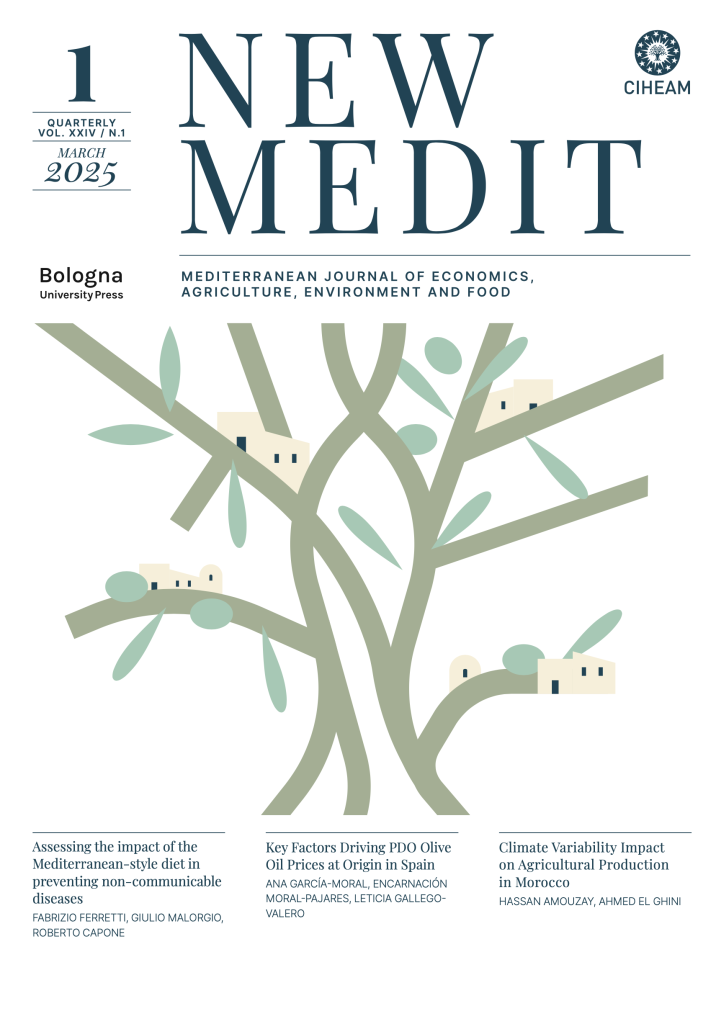Acreage response for cotton regions in Turkey: an application of the bounds testing approach to cointegration
New Medit, vol 10, n.2, (June 2011), pp. 42-50
Language: EN
Jel classification: C51, Q11
The aim of this paper is to determine the long and short run dynamics of acreage response for the major cotton-producing regions (Cukurova, Aegean, Antalya and Southeast) in Turkey by using the bounds testing procedure for cointegration analysis, within an autoregressive distributed lag framework. The analysis reveals that liberal policies and labour inadequacy in cotton harvest have led to a decline in the cotton production acreage in Cukurova, Aegean and Antalya regions in the long run. On the other hand, it is suggested that the cotton producers in the Cukurova and Antalya regions have limited cotton-producing areas as they perceive cotton price as risky. Yet, as more agricultural lands in the region are opened up for irrigation, the amount of land devoted to cotton production has been increasing. The price of cotton has led to a rise in the cotton production acreage, while the price of the competitive products in regions other than the Southeast (e.g. maize, tomato) and labour inadequacy during harvest have diminished the area devoted to cotton production. Consequently, it can be said that Turkey may not meet the cotton requirement of the textile industry with its own production and will be dependent on imports in the close future.
cotton, bounds test, cointegration analysis, Turkey











